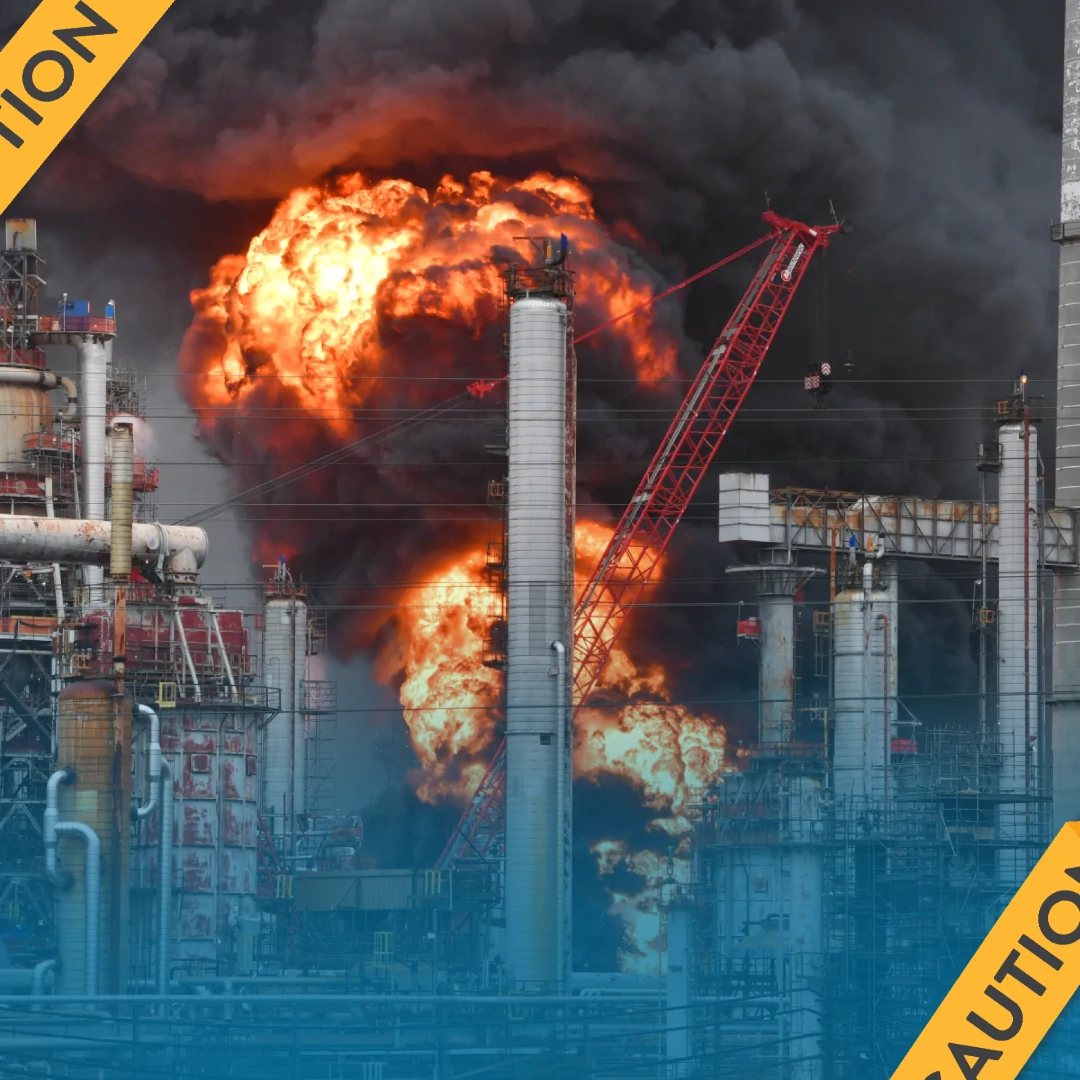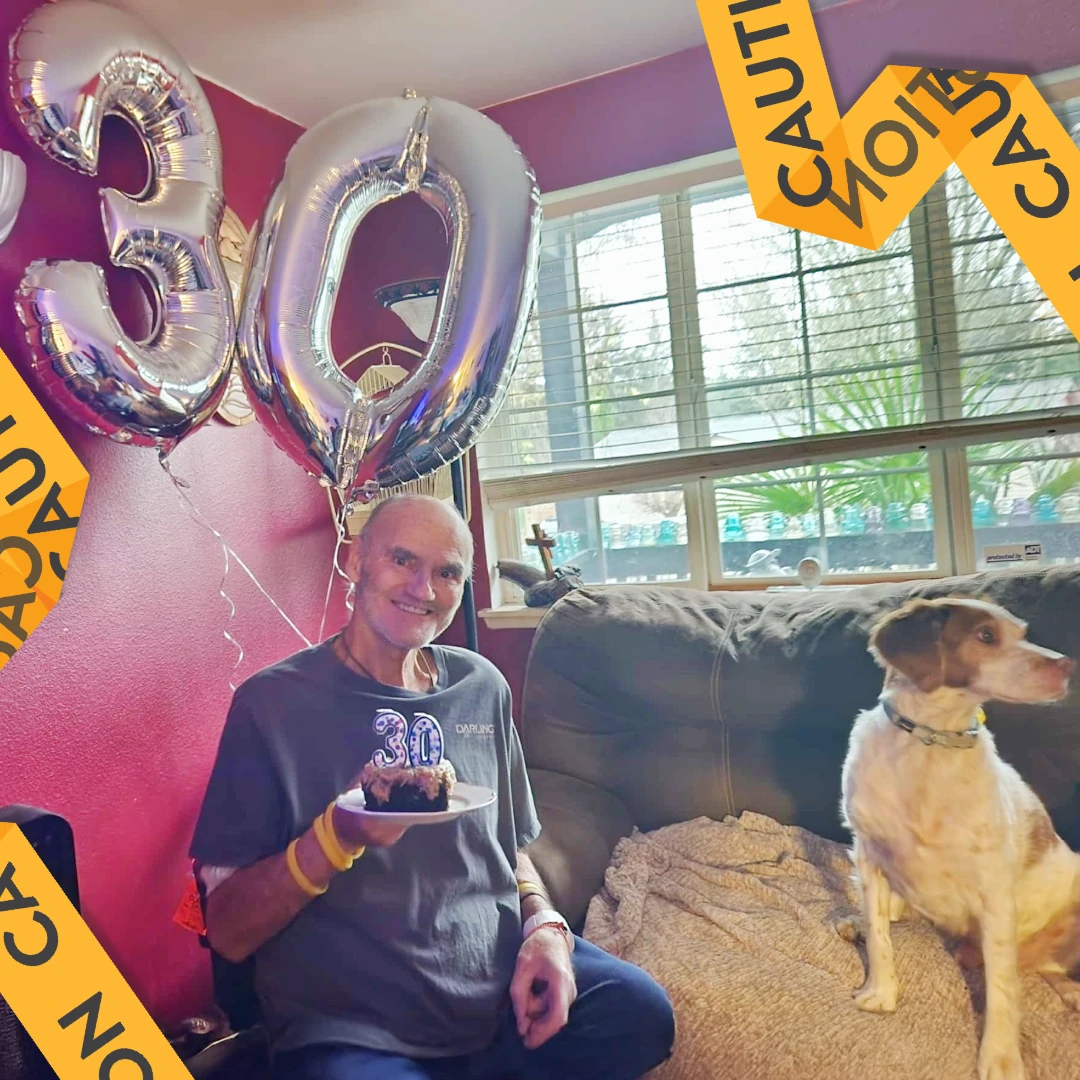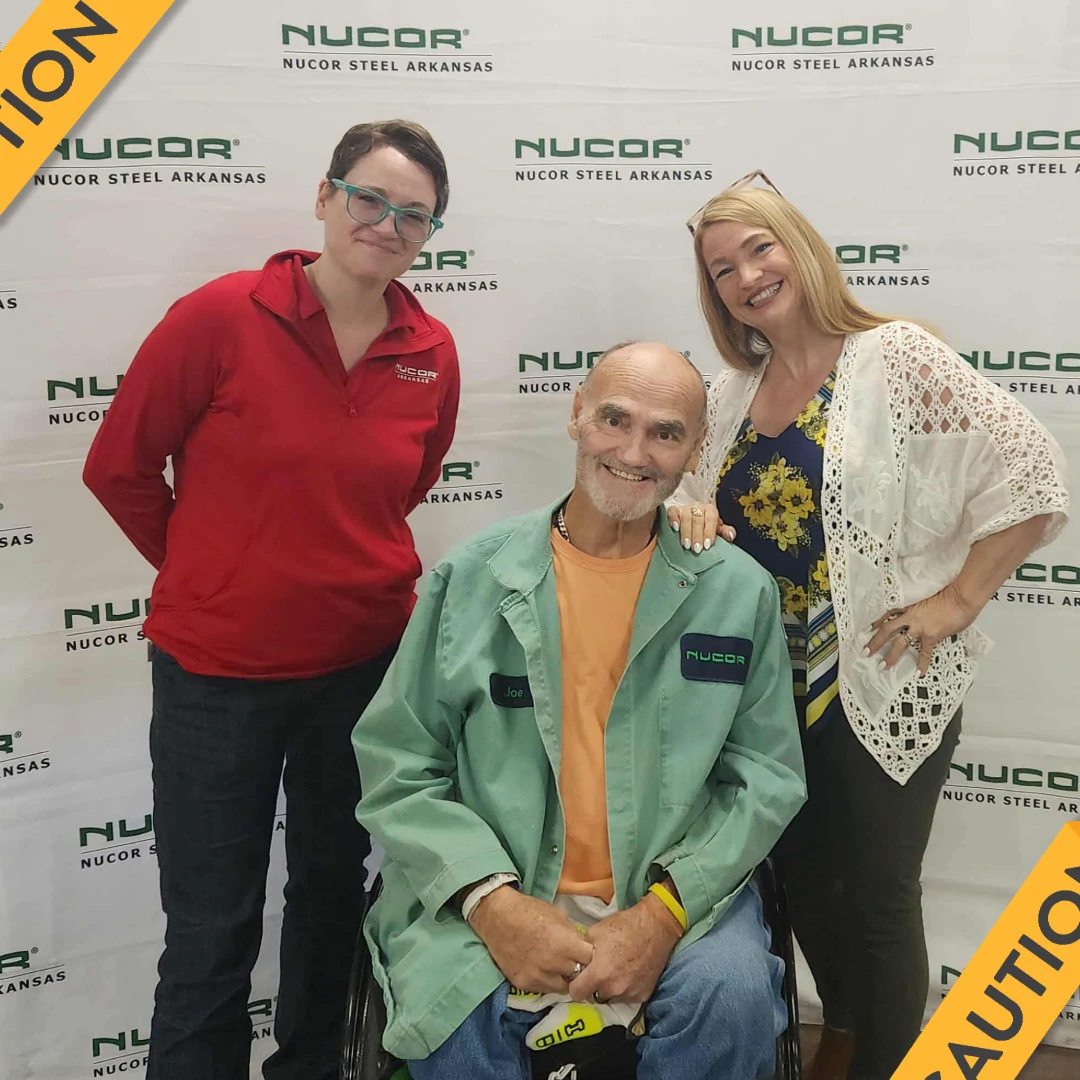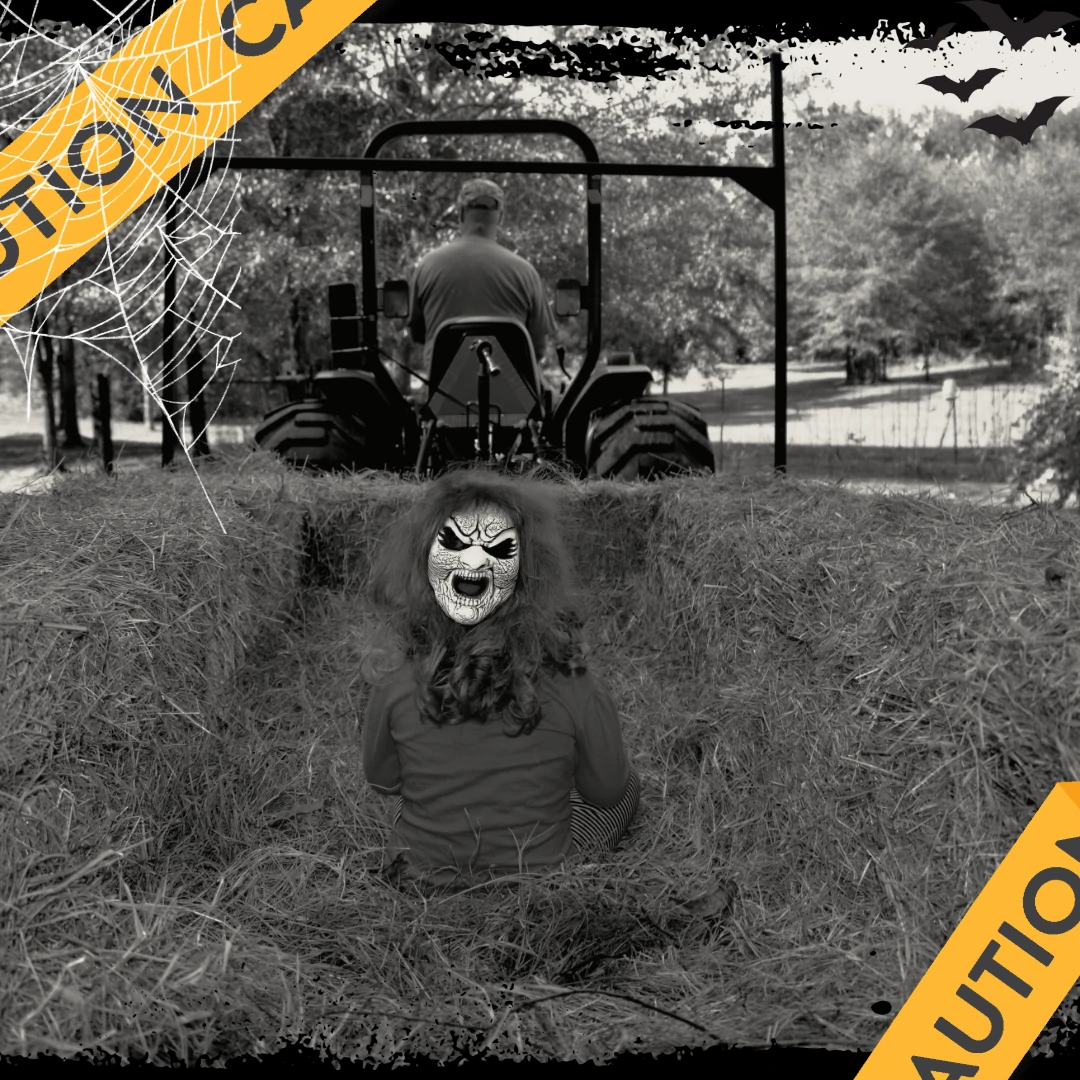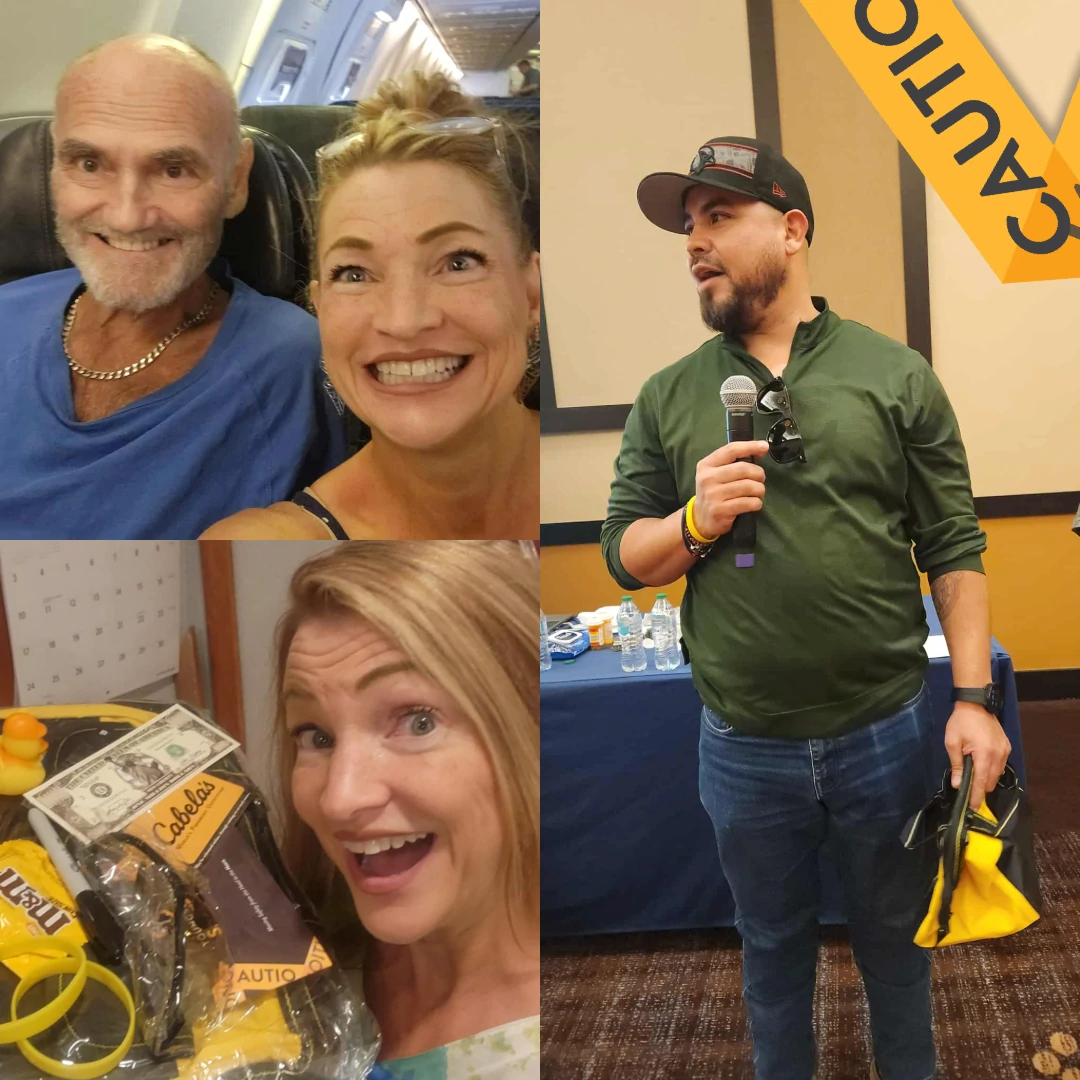Lessons from the Martinez Refinery Blaze
On February 1, 2025, a fire broke out at the Martinez Refinery in California. What began as routine maintenance turned into a three-day fire and chemical release that injured six workers and sent thick smoke drifting across nearby neighborhoods.
Residents were told to stay inside as harmful chemicals filled the air — a stark reminder of how fast “just another workday” can change everything.
According to a report from Contra Costa Health, the cause wasn’t bad luck. It was a breakdown in training and oversight — a gap between what people thought was being handled and what actually was.
(CBS San Francisco, June 3, 2025)
Investigators found that contractors opened the wrong flange on a pressurized valve, releasing hydrocarbon material that ignited immediately.
The fire burned for days.
The chemicals released could cause cancer and lung disease.
And the county health director summed it up best:
“We got lucky this time. But our community shouldn’t have to rely on luck.”
Luck should never be part of the safety plan.
What This Fire Teaches Us
Between 2019 and 2023, the U.S. Fire Administration recorded an average of 3,800 nonresidential fires per year in the U.S. — many in manufacturing and energy settings like this one.
(USFA Workplace Fires Report)
The Martinez case wasn’t a freak accident. It revealed what happens when oversight gets quiet. When everyone assumes someone else is watching.
Here’s what investigators discovered:
- Contractors weren’t properly trained on refinery procedures.
- Supervisors had limited authority under California’s co-employment laws (SB 54 and AB 5).
- Safety permits were printed in fonts so small, workers had trouble reading them.
- Tagging and communication procedures were inconsistent.
- And because of state contracting restrictions, experienced maintenance workers from other locations couldn’t be brought in to help.
None of that sounds dramatic on its own — but put together, it’s a perfect storm.
When oversight fails, fire prevails. And what burns first isn’t equipment — it’s accountability.
How Leaders Can Prevent History from Repeating
The Martinez fire didn’t happen because people didn’t care.
It happened because the system cared in pieces — and no one connected those pieces together.
As safety leaders, here are three questions worth asking this week:
- Training: Have our crews actually practiced what to do — or just read about it?
- Supervision: Are our contractors and new hires being mentored, not just monitored?
- Communication: Do people feel safe speaking up when something doesn’t look right?
If you can’t confidently answer “yes” to all three — that’s your starting point.
And please don’t see that as a failure. See it as an opportunity. Because strong oversight isn’t about control — it goes to show that we care. It’s about watching out for our people before they’re the ones in danger. 💛
Safety Prompt in Action: “Strong Communication Prevents Small Sparks”
Take five minutes with your team for this short activity — one of our 12 Safety Prompts built to move safety from the head to the heart.
💬 Pick three volunteers and ask each to share:
“When was the last time you spoke up about something that didn’t look right — and what happened after you did?”
Don’t rush them. The pause is part of the point.
People don’t stay quiet because they don’t care — they stay quiet because they don’t practice speaking up, and because they’re not always sure someone’s listening.
Building that kind of culture takes time and trust (and a few reminders from leaders who mean it).
That’s how oversight turns into awareness — one honest voice at a time.
👉 Download the 12 Safety Prompts to keep these conversations going long after Fire Prevention Week ends.
A Word from Laurel 💛😊💛
Every time I read about fires like the one in Martinez, I think about Russ — and the day everything changed for our family.
We didn’t plan for it. Nobody does.
That’s what makes it so hard — and why I take this work so personally.
Because here’s the truth: Safety shouldn’t be just all in the head. You have to move it to the heart — caring enough to notice, to speak up, to look out for one another.
If your team is ready to start those conversations — the kind that go beyond routine and reach people’s heart — we’d love to help.
Let’s talk about what supervision looks like when it’s fueled by care, not compliance — and how to prevent the next spark before it starts.

